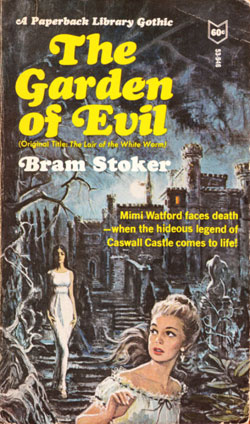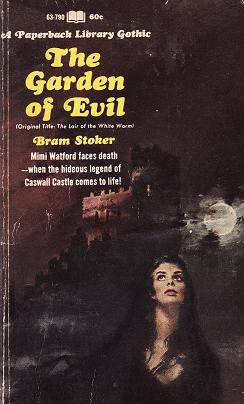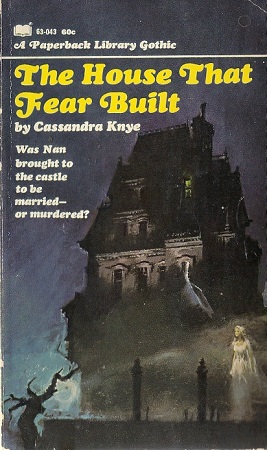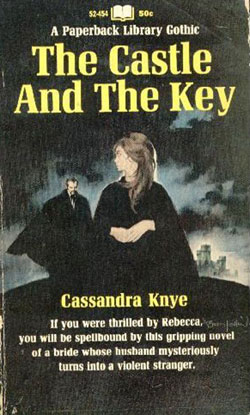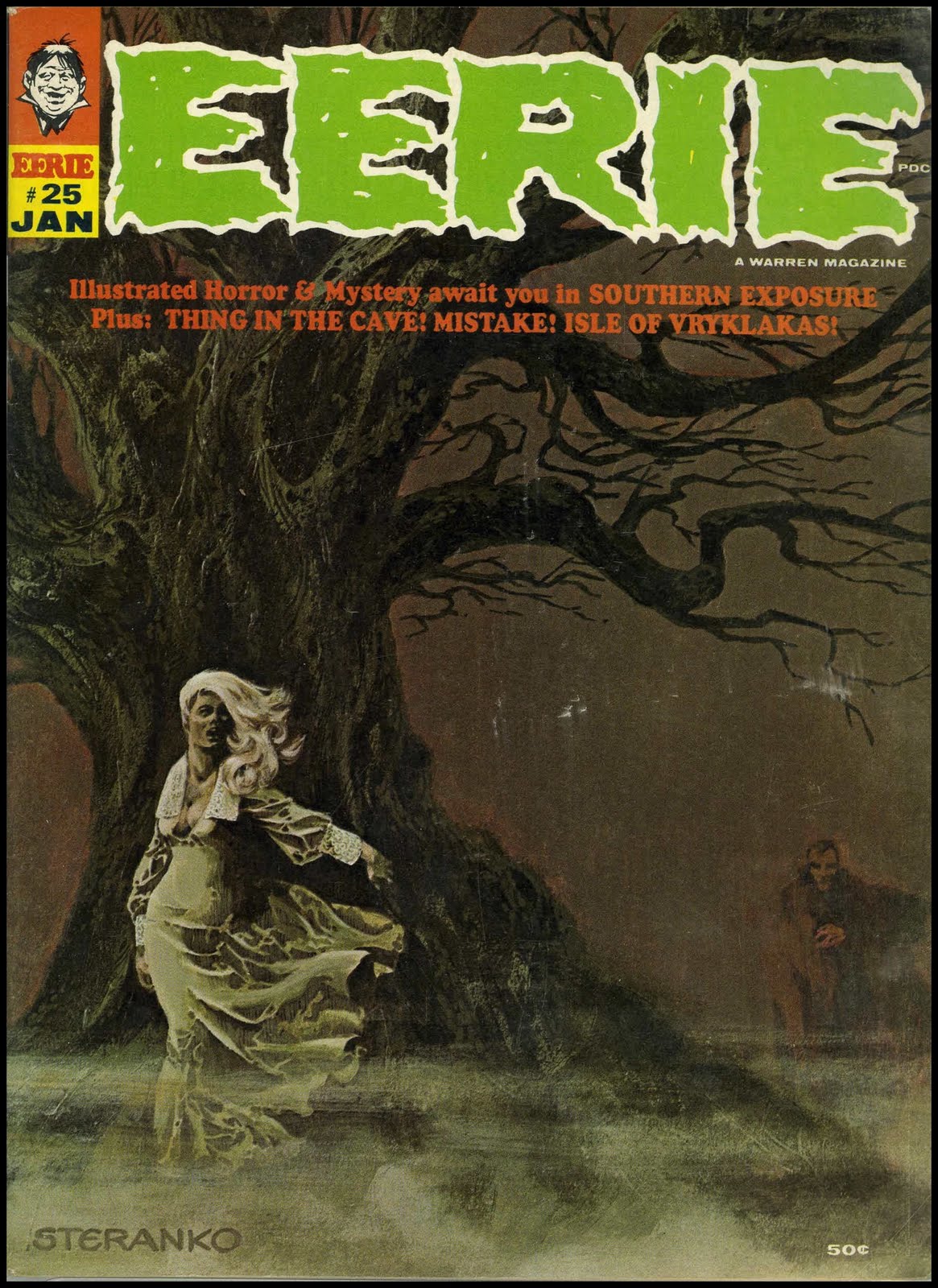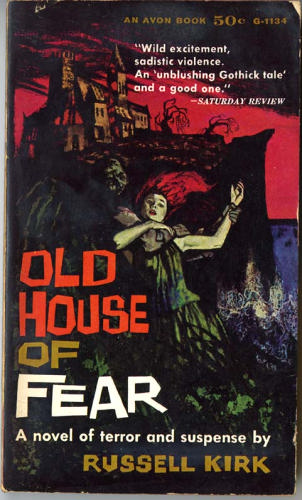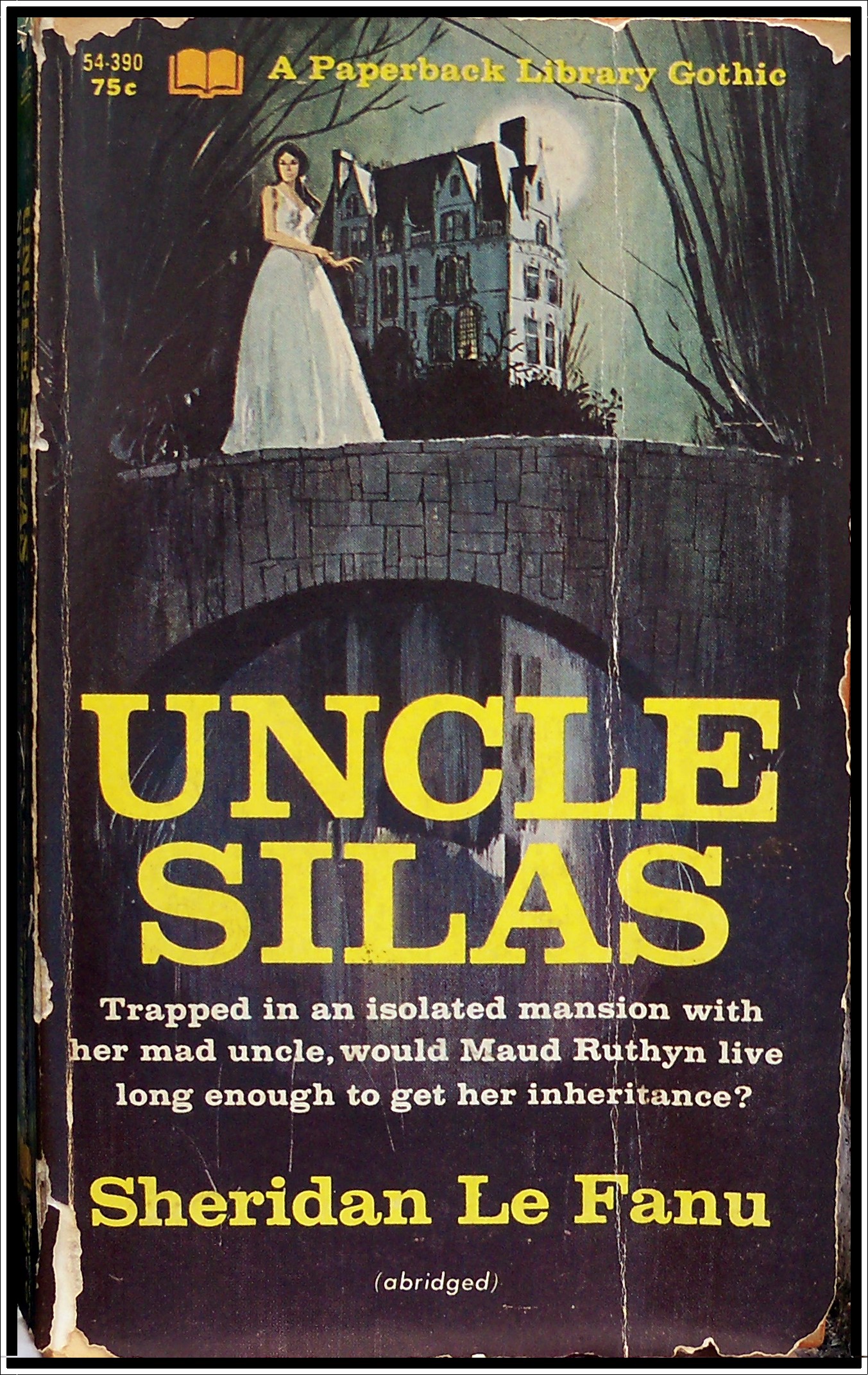Victoria Silverwolf
Vegetarian Werewolf
Way back in the 1960's and 1970's there were a bunch of paperback Romance novels of the Gothic subcategory. These descendents of Jane Eyre and Wuthering Heights (just as the still popular Regency Romances are the descendents of Jane Austen) were so popular that their covers became stereotyped. A young woman running away from a spooky mansion, which usually had one window lit.


A lot more here:
Loads Of Women Running From Houses: The Gothic Romance Paperback |
There was even a comic book version for a few years in the 1970's:
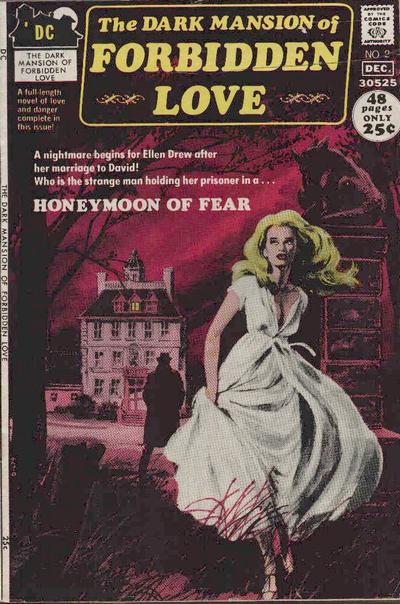
My question:
What happened to this very popular subgenre? Did modern horror/vampire romances/urban fantasy take its place?


A lot more here:
Loads Of Women Running From Houses: The Gothic Romance Paperback |
There was even a comic book version for a few years in the 1970's:

My question:
What happened to this very popular subgenre? Did modern horror/vampire romances/urban fantasy take its place?



